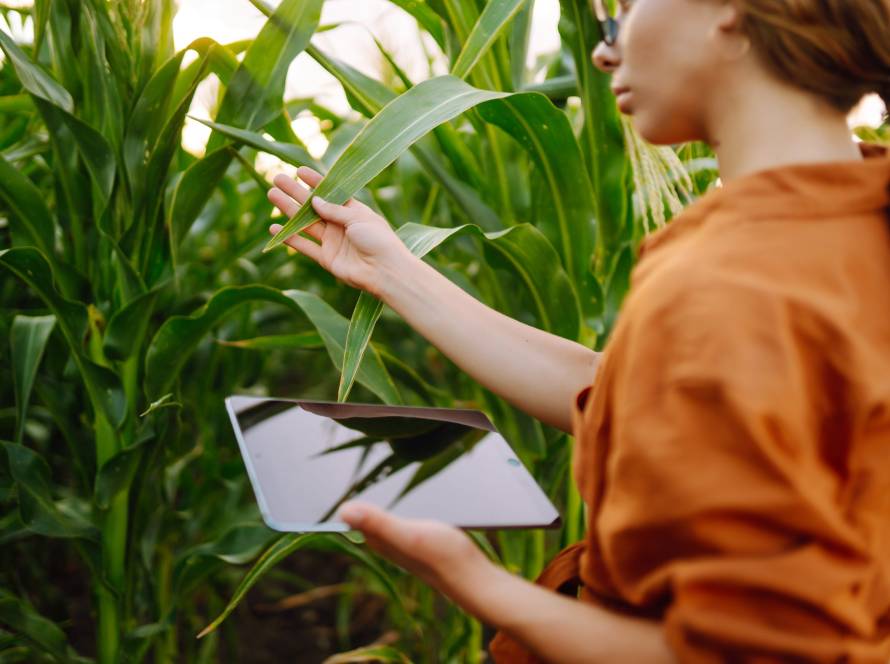Agriculture is one of humanity’s oldest professions. Yet, recent technological advancements have transformed this ancient practice, making it not only more efficient but also smarter, more precise, and more independent. Today, it’s not just farmers heading to the fields at dawn; autonomous agricultural machines, guided by GPS, equipped with sensors, and capable of analyzing soil conditions, are now part of the scene. This new era, where fields meet technology, is fundamentally reshaping not only production methods but also the very definition of farming. Let’s dive into the details of this transformation.
What Are Autonomous Agricultural Machines?
Autonomous agricultural machines are advanced tools that operate without human intervention, powered by artificial intelligence, GPS, IoT (Internet of Things), and sensor systems. These machines can:
- Plow the soil,
- Plant seeds,
- Apply fertilizers and pesticides,
- Perform harvesting,
- And even handle maintenance and monitoring processes.
In essence, they are digital farmers capable of monitoring the field’s needs and making decisions accordingly.
New Era Applications: What’s Changing?
1. Data-Driven Agriculture
Autonomous machines collect real-time data from soil, weather conditions, and plant health using sensors. This data is analyzed instantly to make informed decisions. When should irrigation occur? Where is there a nitrogen deficiency? Which areas are affected by pests? These questions are now answered not by human observation but by machine intelligence.
2. Precise and Cost-Effective Practices
Autonomous vehicles, replacing traditional tractors, operate with millimeter-precision GPS guidance. This results in:
-
- Reduced seed waste,
- Targeted application of fertilizers and pesticides,
- Lower labor costs,
- Improved energy efficiency.
This precision minimizes errors and maximizes yields, especially in large-scale operations.
3. Time-Independent Agriculture
Autonomous machines can operate 24/7. Nighttime irrigation, early morning spraying, or weekend harvesting—these machines step in when human labor is limited, ensuring a seamless production process.
Leading Applications and Brands
- John Deere: AI-powered autonomous tractors and pest detection using cameras.
- Naïo Technologies: Weed-removal robots designed for vegetable gardens.
- Fendt Xaver: Mini seed-planting robots for driverless farming.
- AgXeed and Monarch: Electric, remotely controlled tractors.
These tools are becoming applicable not only in large farms but also in diverse agricultural practices, from vineyards to vegetable farming.
What About the Challenges?
Like any technological transformation, this process comes with challenges:
- High initial costs,
- Need for technical expertise,
- Dependence on internet and infrastructure,
- Workforce transition and social impacts.
However, these hurdles can be overcome with government support, agricultural tech startups, and training programs. Young farmers and cooperatives, in particular, have the potential to adapt quickly to these technologies.
Sustainability and Future Perspective
Autonomous agricultural machines don’t just boost productivity; they also promote eco-friendly practices:
- Reduced carbon emissions,
- Minimal water and chemical use,
- Integration with regenerative agriculture systems,
- Soil-preserving precision applications.
These machines enable higher production with fewer resources, playing a critical role in global food security.
Fields Are Getting Smarter, Production Is Being Redefined
A new era in agriculture is dawning. Autonomous machines are no longer just for large producers; they’re on the radar of every forward-thinking farmer. Fields are no longer merely tilled—they are monitored, analyzed, and driven by data. In this new era, it’s not just human hands but the collective intelligence of AI, sensors, and digital systems that shape the future of farming.





